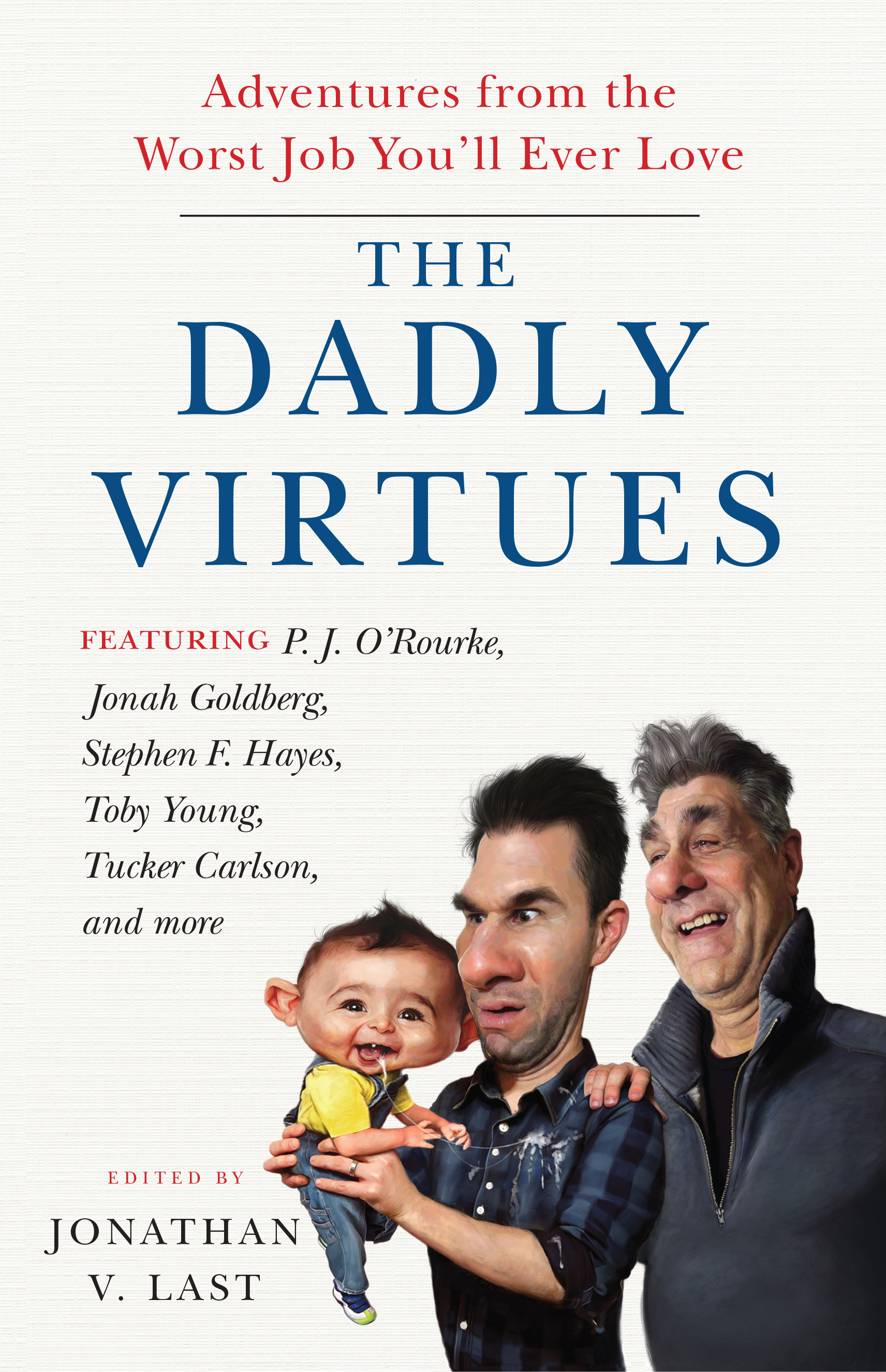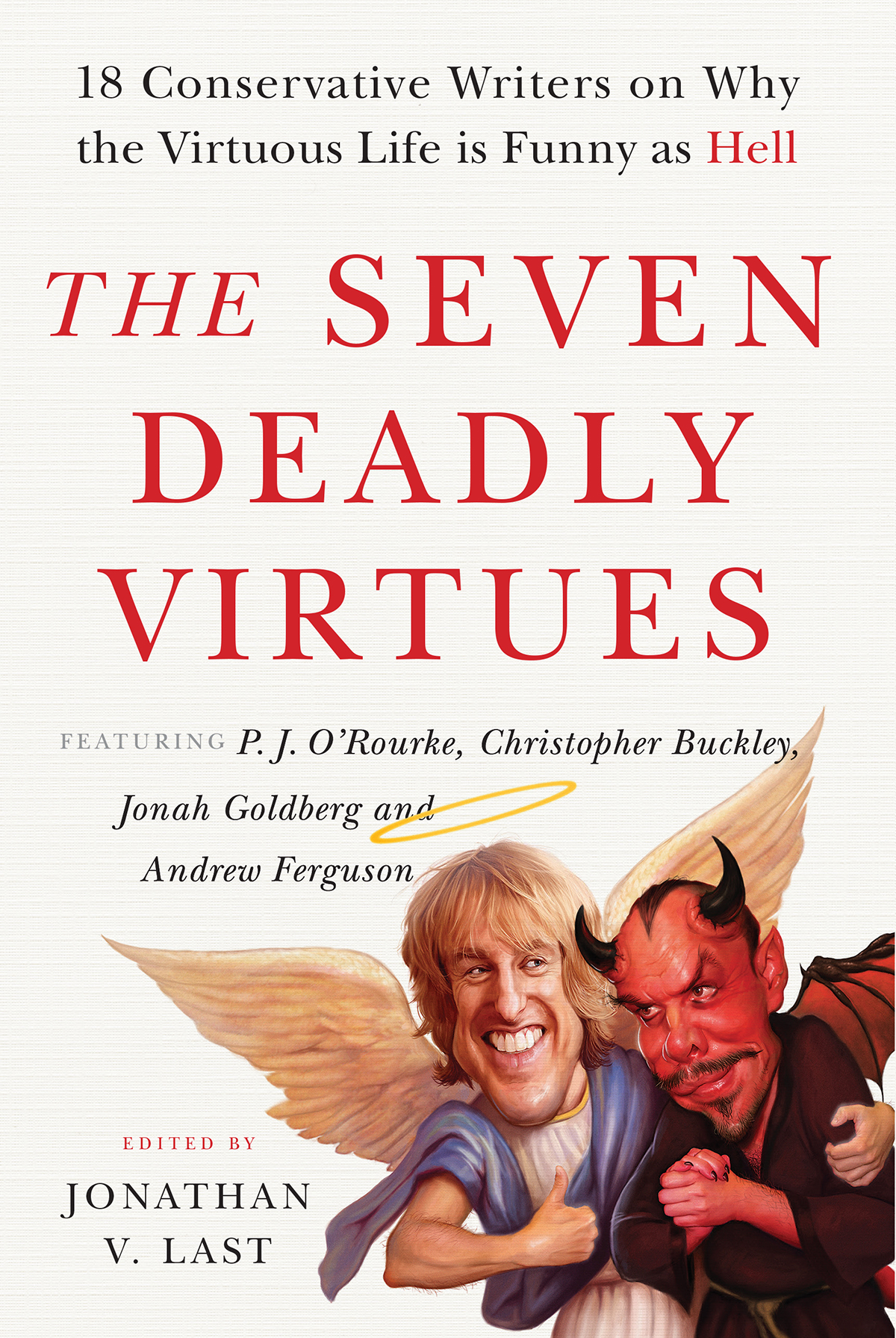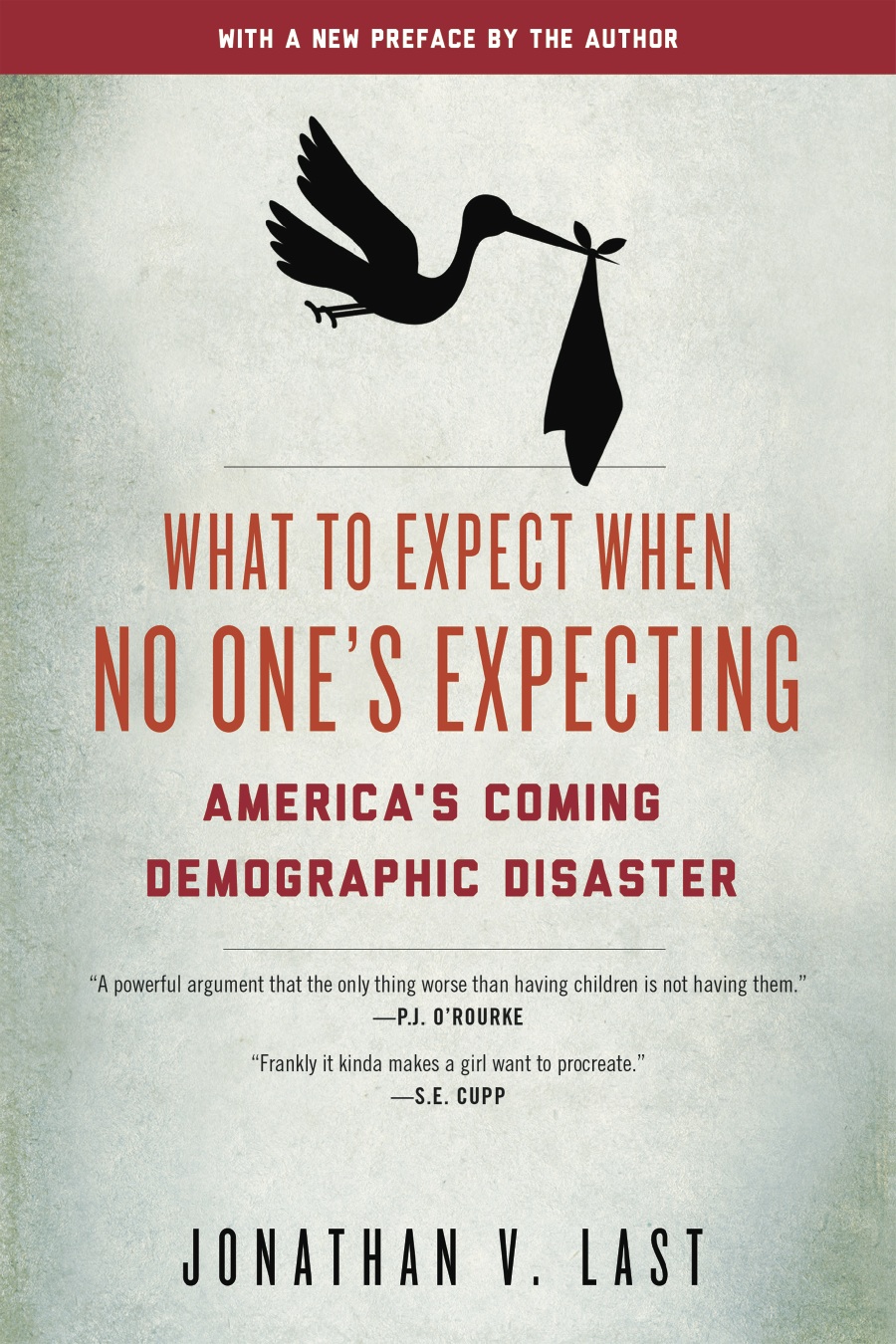January 4th, 2007
I’m not much of a fan of David Denby as a movie critic, but his long piece on the future of movies is brilliant and beautiful. A must read.
Here’s Denby on HD-DVD:
At the house of my friend Harry Pearson, who started the high-end video magazine The Perfect Vision, I watched movies on what must be close to the ultimate home-theatre system, a setup priced at two hundred thousand dollars. I thought that a glimpse of the best now available might be a way of anticipating the affordable future. It was also tremendous fun. Harry’s system uses a digital projector suspended from the ceiling, which fed a movie screen nine feet across the diagonal. Various electronic components decoded or upgraded the digital information or sent the sound to multiple speakers positioned around the room. The player was one of the new HD DVD sets made by Toshiba, and the experience of watching what it produced on that screen was like putting on a stronger pair of glasses for the first time: everything was brighter, crisper, more sharply defined—newer somehow, as if it had been freshly created, even though one of the movies we watched was a half century old. (Digital transfers are made by scanning a film negative or a print; technicians then digitally enhance the images.) With amazement, we watched a DVD of John Ford’s 1956 masterpiece, “The Searchers,” which is widely considered to be one of the most successful transfers of an old movie. The southwestern sky above Monument Valley was a brilliant azure; the desert was not a mass of orange-brown glop but grains of sand and pieces of rock; and, inside the pioneers’ cabin, details normally hidden in shadow, like drying corn hanging from the ceiling, were clearly visible. And so it was with a recent film. When Clint Eastwood’s “Million Dollar Baby” opened two years ago, I referred to the Hit Pit—the gym where much of the action takes place—as “sweat-stained” and a “relic.” But the high-definition transfer of the film, bringing shapes and textures out of the murk, revealed a gym that was old and shabby but also tidy and scrubbed clean.
Yet, though the detail was extraordinary, the image was different from a film image, and strange in some ways. In film, the illusion of three-dimensionality is produced by the laws of perspective, by the manipulation of focus, and by the subtleties of lighting: we are led into depth by gradations of color or, in black-and-white movies, by shades of gray. A digital transfer compacts color and increases contrast, so, in the early attempts—say, from a decade ago—the actors looked almost like cutouts against a flat background, their flesh tones waxy and doll-like. The images didn’t breathe the way the original film images did—the faces seemed to have lost their pores. But high-definition digital produces a more nuanced gradation of color and a more definite molding of the face—you see planes and hollows. To my eyes, both in digital transfers and in movies that were shot digitally, flesh still looks a little synthetic, but it looks better than before, and no doubt it will look even better in a few years. (“You want pores, we’ll give you pores,” a digital technician in Los Angeles told me.) The image was steady, too, in a way that a film image is not. A film, after all, gets pulled into place in a projector by pins entering and then withdrawing from sprocket holes; the image onscreen can jiggle a bit. On Harry’s system I noticed an evenness, steadiness, and hard focus into the far reaches of the screen, and also the absence of earlier digital artifacts, like a black edge around shapes or a flaring of solid whites.
All in all, high definition is a big improvement over standard digital imagery, though in truth I admire it without loving it. To arrive at a film print ready for exhibition, the image has to go through at least four generations—from negative to positive, and then back and forth again—and, by the end, the multiple printing produces some minor softening and darkening of color. I like the way color blends on film: the image is painterly and atmospheric; more poetic, perhaps, than a digital image; lyrical rather than analytic. I may have seen more of the Hit Pit in the high-definition transfer, but expressive metaphor had yielded to workaday reality. I was happier with my earlier sense of the gym as a place of defeat redeemed by Clint Eastwood and Morgan Freeman. And I think that Eastwood, having directed almost thirty films, may have intended “Million Dollar Baby” to look the way it looks on film.
And here he is on the idea of platform agnostism:
No exhibition method is innocent of aesthetic qualities. Platform agnosticism may flourish among kids, but platform neutrality doesn’t exist. Fifty years ago, the length of a pop single was influenced by what would fit on a forty-five-r.p.m. seven-inch disk. The length and the episodic structure of the Victorian novel—Dickens’s novels, especially—were at least partly created by writers and editors working on deadline for monthly periodicals. Television, for a variety of commercial and spatial reasons, developed the single-set or two-set sitcom. Format always affects form, and the exhibition space changes what’s exhibited.
I looked at “Brokeback Mountain” on a portable DVD player with a seven-inch screen and headphones—the kind of rig people use on airplanes and in jury waiting rooms. The focus was precise, the color bright. And, through the headphones, I heard such extraordinary details as the flip-flip-flip of the rain on the tent when Jake Gyllenhaal and Heath Ledger are up in the mountains. Yet there was something wrong. I was not in the mountains. The grandeur of the terrain is not something the men are necessarily conscious of, but the massiveness of the mountain range, the startling clarity of the air, the violence of the weather enlarge the experience of feelings they have no words for and can’t control. If you watch the movie on a small screen, you’re not living within this great breathing, palpable place. The small screen takes the emotion out of the landscape.
Go treat yourself to this great read.
No comments yet, be the first:






